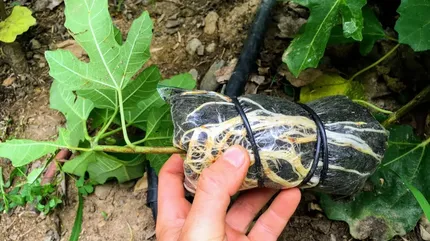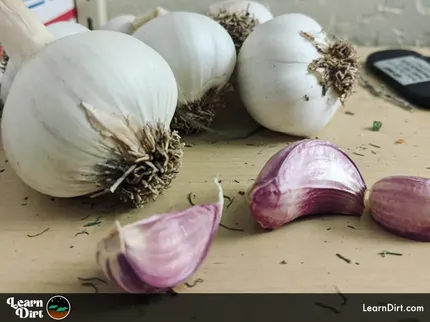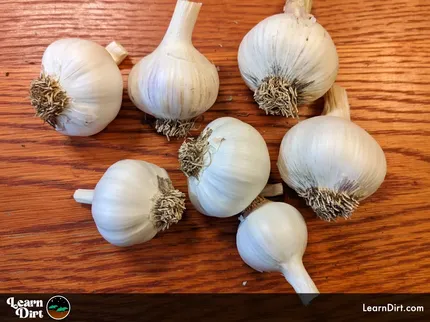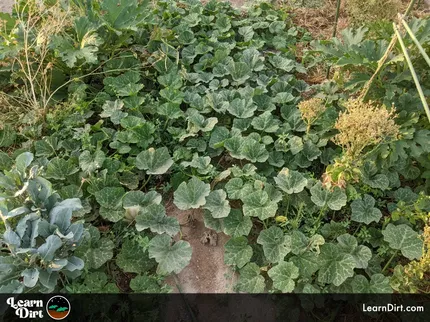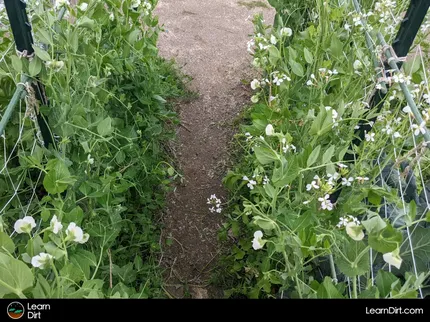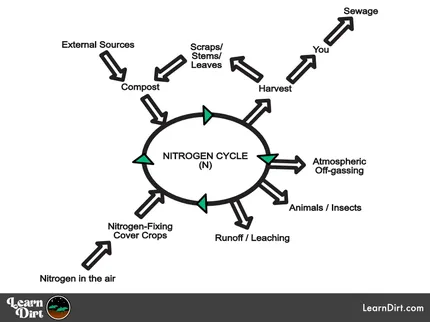Table of Contents
- How Many Chromosomes Do Watermelons Have?
- How Do Seedless Watermelons Reproduce?
- Colchicine Watermelon
* Our articles never contain AI-generated slop *
What exactly is a haploid, a diploid, a triploid, or even a tetraploid watermelon anyway, and how are seedless watermelons created?
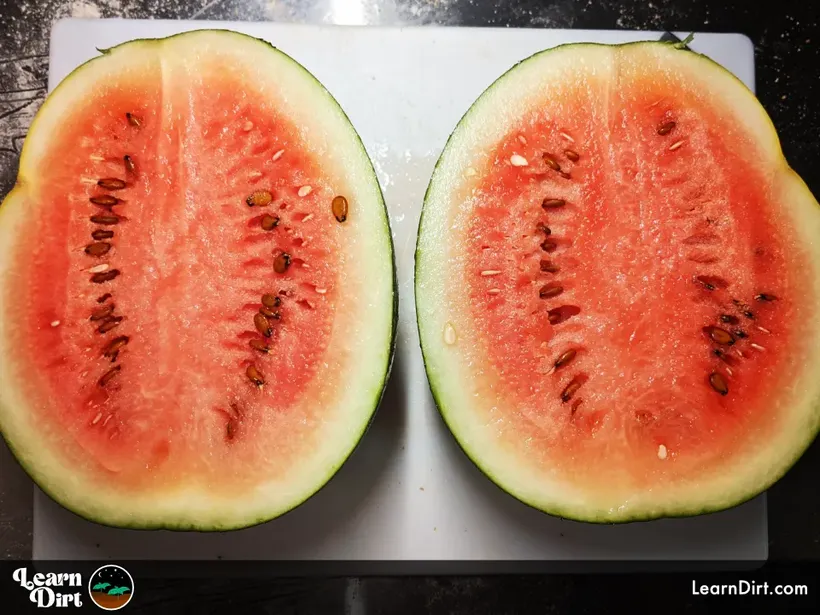
These weigh under 10 lbs and can hang on a trellis unlike the big boys.
These terms refer to the number of sets of chromosomes in a melon, and are the deciding factor in whether there are seeds in your watermelons or not.
How Many Chromosomes Do Watermelons Have?
Depending on how many chromosome sets your melons have got, you'll either find yourself with a gamete, a melon with seeds, a seedless melon, or a melon capable of producing seedless melons.
Disclaimer: This post may contain affiliate links. Refer to the privacy policy for more information.
(keep reading to find out which is which!)
Some of the earliest evidence of watermelon cultivation comes from Egypt during the time of the pharaohs. Their seeds, as well as hieroglyphs depicting them have been found in tombs as old as 5,000 years!
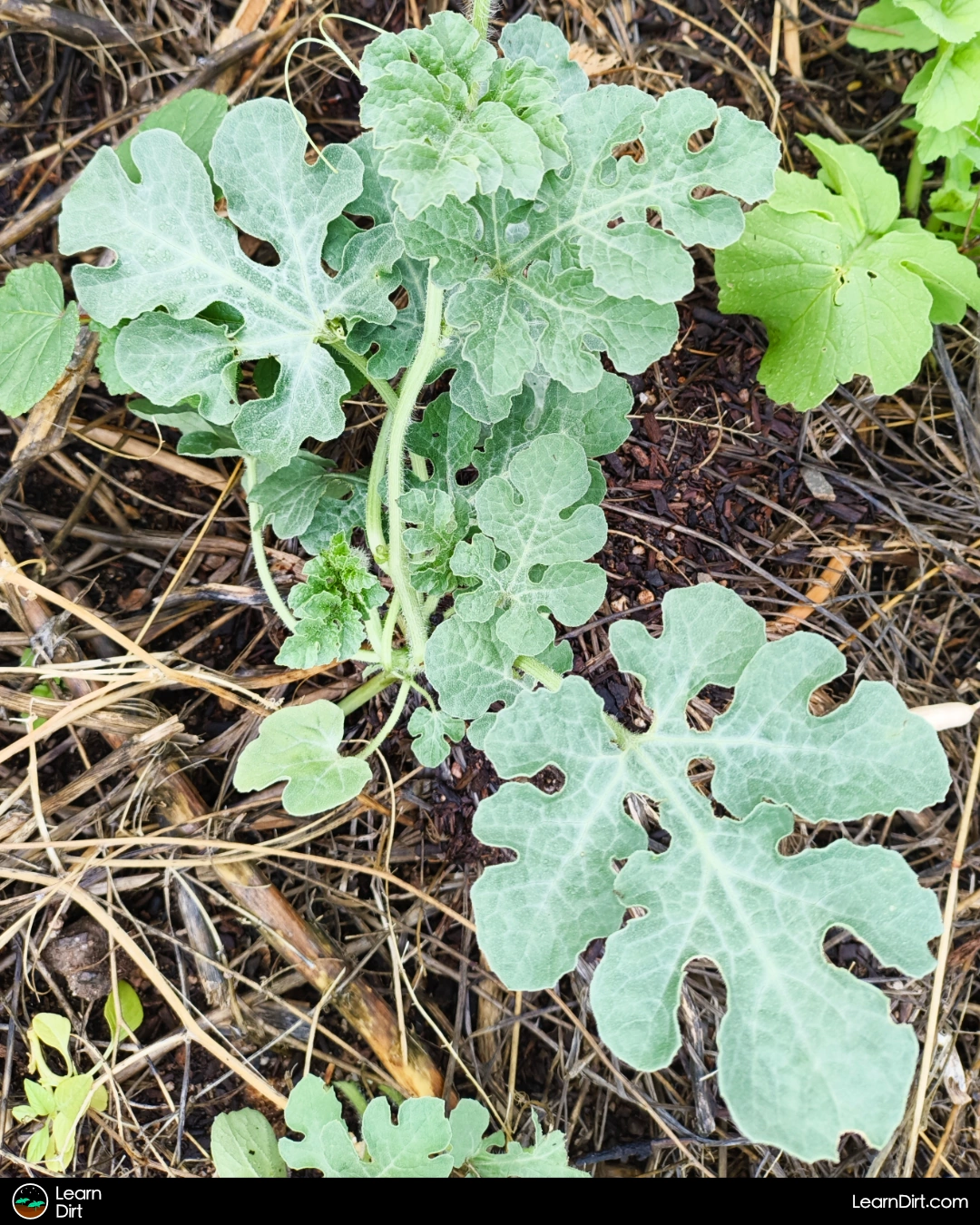
Haploid (1 Chromosome Pair)
When only 1 set of chromosomes is present, we call this haploid. For watermelons, that means 11 chromosomes.
1 set of chromosomes is not enough to produce a watermelon, however it is the amount necessary for a gamete (pollen or ovules).
When the 11 chromosomes in pollen cross with the 11 chromosomes in ovules, a diploid seed is formed with 2 pair of 11 chromosomes (22 total).
This is similar to humans where 23 chromosomes from a haploid sperm, and 23 chromosomes from a haploid egg cross to create an embryo with the full 46 chromosomes typically found in most humans.
Diploid (2 Chromosome Pairs)
When 2 sets of chromosomes are present, this is called a diploid.
Join The Grower's Community
Your space to connect, learn, and belong 🌱
Check It Out!
For watermelons, 2 chromosome sets means 22 total chromosomes. This is the typical amount for most seeded watermelons.
Diploids melons are fertile and like other monoecious plants they may self-pollinate or cross-pollinate with other diploid melons.
When diploids are pollinated, they produce viable seeds which can be saved and planted to grow more diploids.
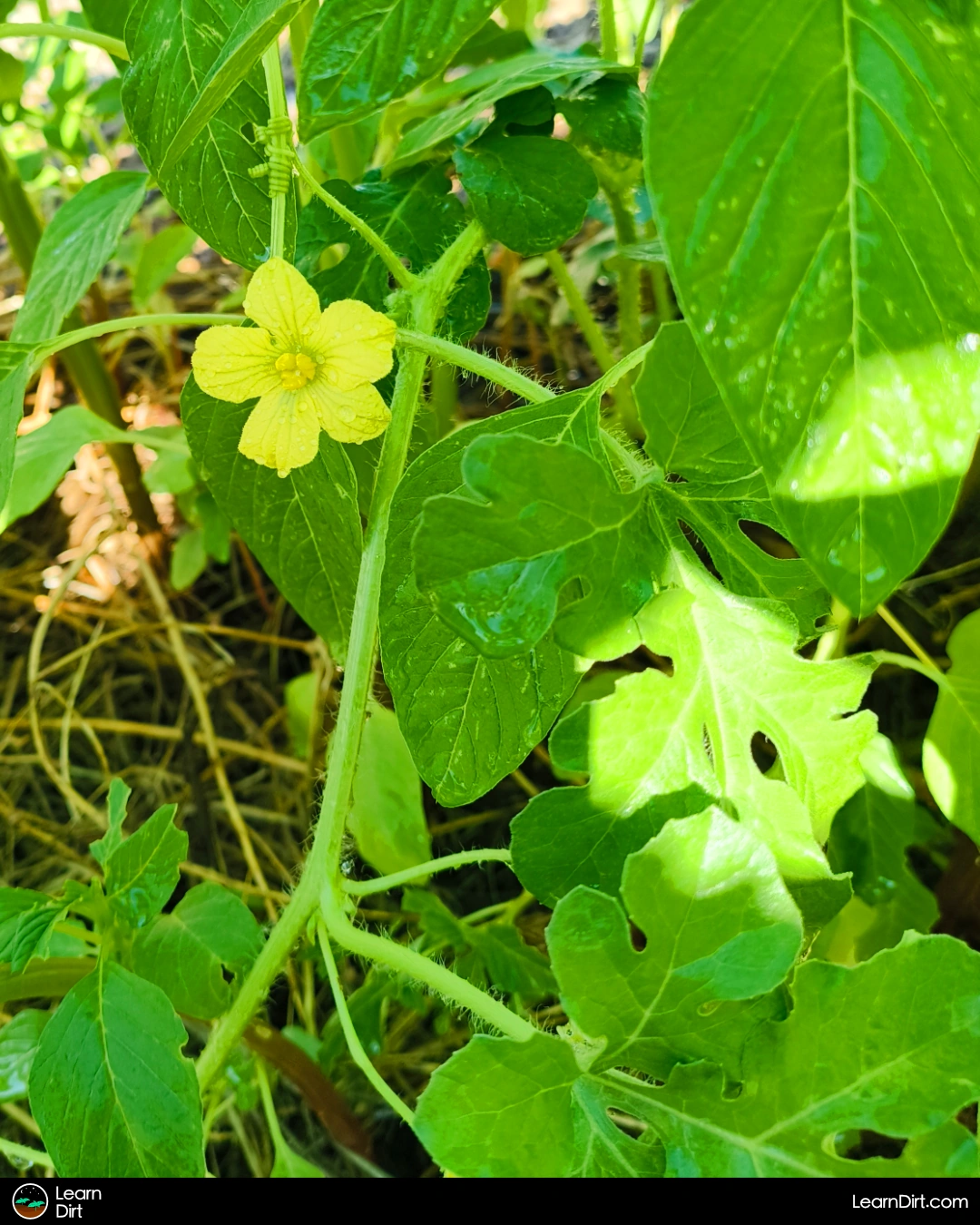
Diploid Watermelon Seeds
Some heirloom varieties of diploid watermelons with seeds that you can save include:
Triploid (3 Chromosome Pairs)
When 3 sets of chromosomes are present, a triploid is produced.
In watermelons, this means 33 chromosomes. Fruits like this are artificially created, and are considered to be "seedless". If you've ever wondered how seedless watermelons are produced, this is how.
In reality, triploid melons do produce seeds but they are undeveloped, infertile seeds which are usually white and unnoticeable enough that they receive the moniker "seedless". These infertile undeveloped seeds cannot be used to grow more watermelons.

Triploid melons cannot produce viable pollen, and therefore require a nearby diploid for pollination. If you plan to grow a triploid "seedless" melon variety, a ratio of one diploid to every few triploids is generally used. Each diploid can pollinate a few triploids, and both are required to produce triploid fruits.
It's worth noting that triploid melons also generally produce fewer fruit than diploids, and may require more care to grow.
A successful grow-out of triploid and diploid plants together in the same space will produce both seedless and seeded melons. Consider tagging your plants so you know which is which.
Triploid Watermelon Seeds
Any watermelon seed you can buy that says "seedless" is a triploid seed. These can be more difficult to find as seeds though, but here's one variety you can try if you really want seedless fruit:
There are more seedless options available out there if you go looking for them.
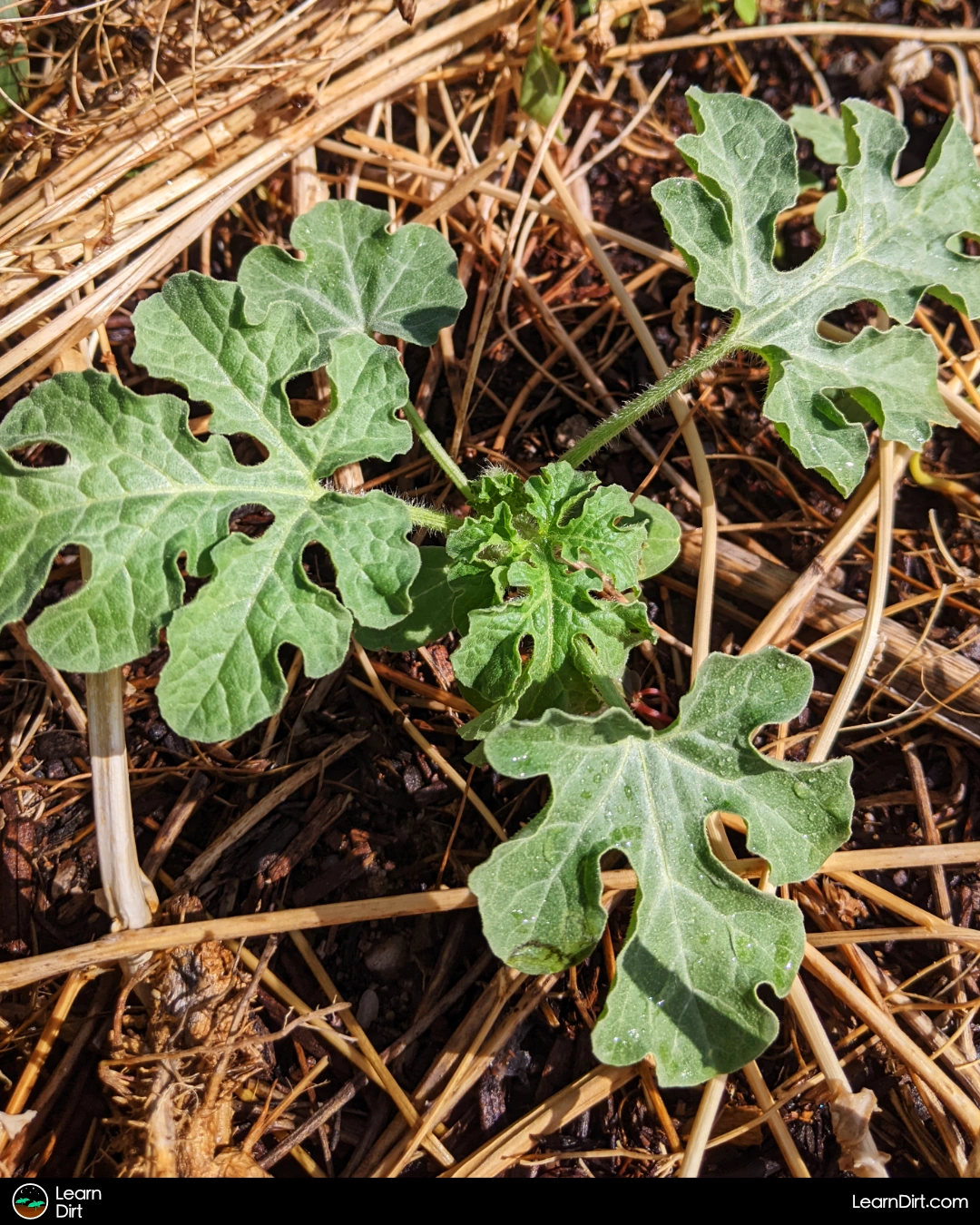
Personally I forus on growing seeded varieties for seed-saving, so seedless varieties have little appeal to me.
If you're not familiar with seed-saving, check out our article here on it!
Tetraploid (4 Chromosome Pairs)
When 4 sets of chromosomes are present, it's a tetraploid.
Tetraploids are generally grown by breeders and are rarely grown by gardeners and farmers. This is because tetraploids are utilized in the breeding of triploids. Here's how it works:
- The growth tips of a diploid melon plant are treated with colchicine, which prevents chromosome separation during mitosis.
- As the treated growth tips grow, those parts of the diploid become tetraploid. This results in a chimera - a plant with sections of different ploidy.
- Tetraploid sections of the plant are identified, often by their thicker stems and leaves.
- Cuttings are taken from the tetraploid sections and rooted to create wholly tetraploid plants.
- Once the plant is tested and confirmed to be tetraploid, it is grown for a few generations in order to create a stable and viable tetraploid line.
- Once stabilized, tetraploid lines are used to breed triploid "seedless" melons.
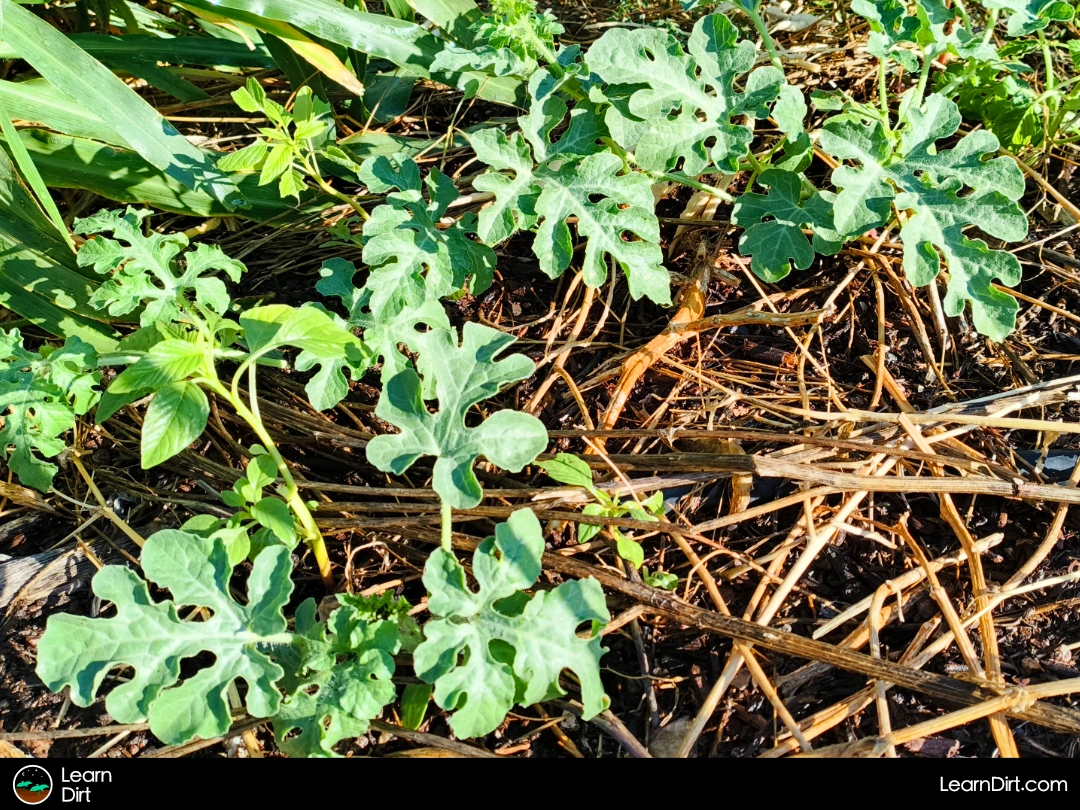
Tetraploid Watermelon Seeds
Good luck getting your hands on tetraploid watermelon seeds! I have not been able to find them and they're not something that most gardeners will likely ever see.
If you breed watermelons or find tetraploid seeds, come let us know about your experience on the forum - we'd love to hear about it!
How Do Seedless Watermelons Reproduce?
They don't!
While seedless watermelons may appeal to watermelon-eaters, they are sterile and cannot reproduce sexually.
Dig Cool Merch?
It is possible to root a cutting of a welon vine to clone it, though I've never tried personally.
In general, growing seedless watermelon varieties means being beholden to breeders indefinitely - buying seeds every year with no ability to save seed.
As a huge fan and advocate for seed-saving myself, this makes seedless watermelon undesirable in my garden. The more seeds in my melons, the better!
Colchicine Watermelon
Colchicine is a natural alkaloid that's produced by and extracted from the Autumn Crocus (Colchicum autumnale).
People sometimes use it for treating gout, but as for as watermelon ploidy is concerned it's used to double the number of chromosomes in melons.
Regular diploid watermelons are treated with colchicine to produce tetraploid watermelons.
These tetraploid plants are then stabilized (lineage) and can then be paired to create triploid "seedless" melons.
If you purchase "seedless" watermelon seeds, or a seedless melon at the market, you're seeing the end results of a process that began with colchicine quite a few melon generations back in time.
That's all for now, thanks for reading!
If you have any questions, comments, or would like to connect with fellow gardeners, head on over to the forum and post there.

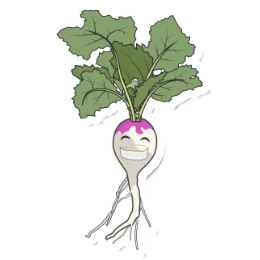


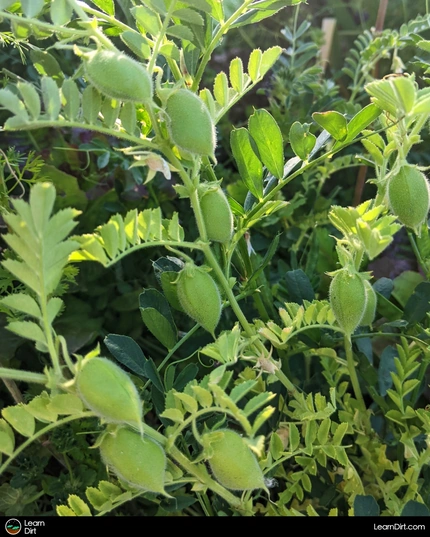
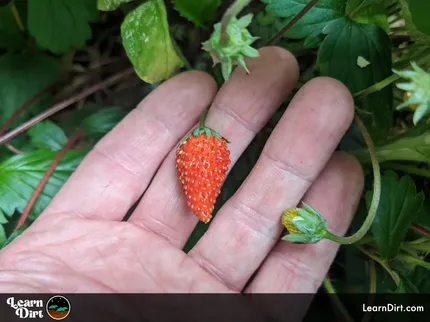
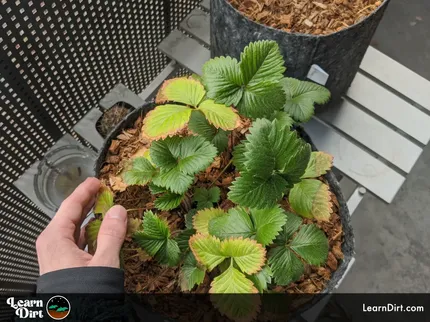

![Don't Till Away Your Carbon [Neon]](/media/product_images/dont-till-away-your-carbon-[neon]_shirt_260x260.png)

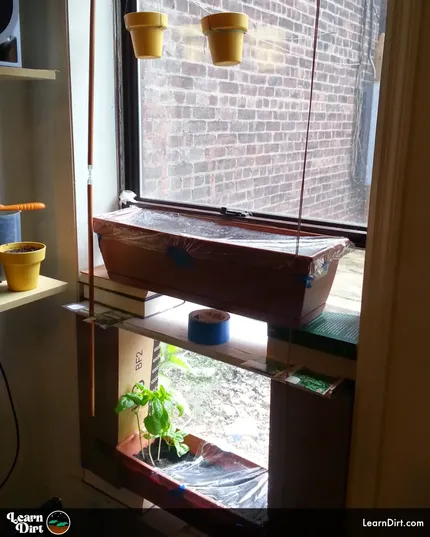

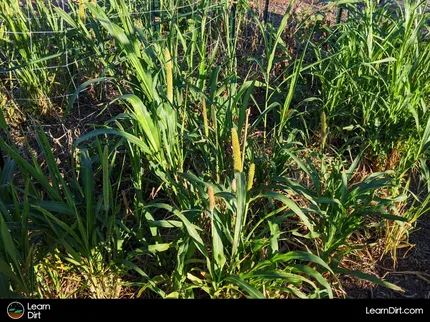

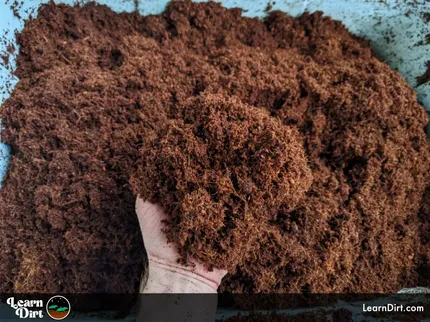

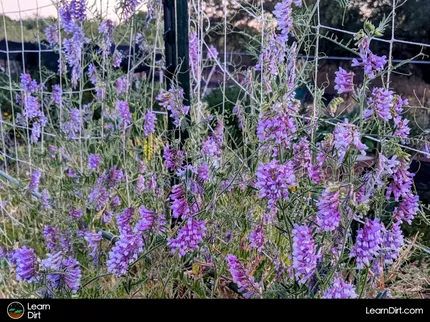



![Don't Till Away Your Carbon [Taffy] Sticker](/media/product_images/dont-till-away-your-carbon-[taffy]_sticker_260x260.png)

